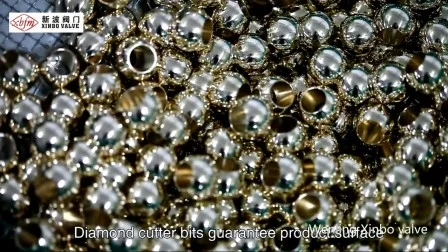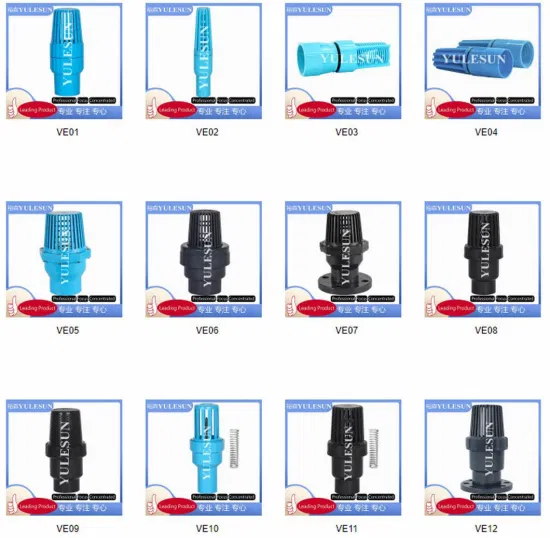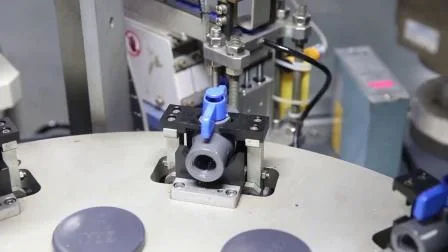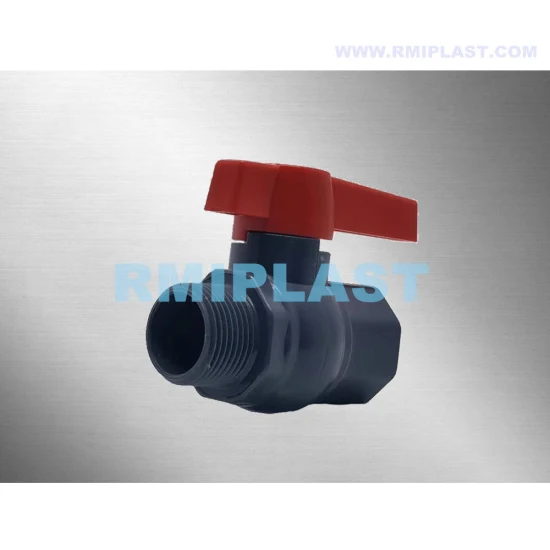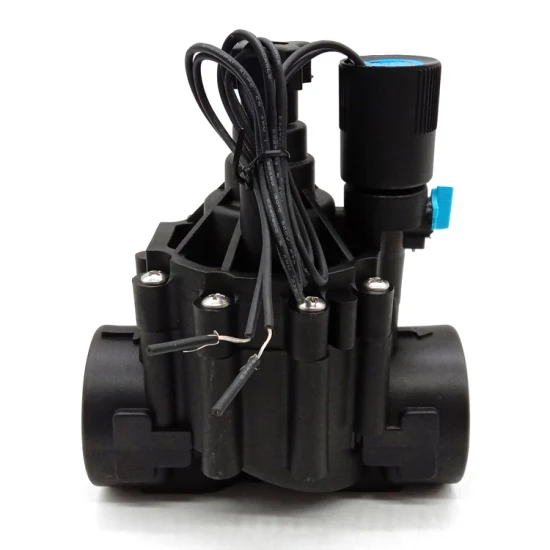
Irrigation Solenoid Valve 3/4′′ 1′′ 2′′ 3′′ 4′′ 5′′ 9VDC 12VDC 24VDC 24VAC 110VAC 220VAC
Basic Info.
| Model NO. | Irrigation Solenoid Valve |
| Pressure | 1 to 10 bar |
| Valve Structure | Pilot Membrane Structure |
| Power Supply | AC, DC |
| Usage | Flow Control |
| Standard | GB |
| Application | Irrigation |
| Standard Coil Voltage | 9VDC, 12VDC, 24VDC, 24VAC, 110VAC, 220VAC |
| Voltage | 3V, 4.5V, 5V, 6V, 9V, 12V, 24V |
| Diaphragm Material | NBR (Standard), EPDM (Optional |
| Latching Coil Voltage | DC9-20V, Pulse Width (20-500mSec) |
| Orifice Size | 20mm to 150mm |
| Function | 2 Way Normally Closed, 2 Way Normally Open |
| Port Size | 3/4′′ to 6′′ |
| Transport Package | Box, Carton, Pallet |
| Trademark | BRANDO |
| Origin | Ningbo, China |
| HS Code | 8481804090 |
| Production Capacity | 100000 PCS Per Month |
Product Description
Product DescriptionIrrigation solenoid valve is an electrically controlled valve to regulate the flow of water. They have a robust construction and are optionally equipped with manual flow control, so the desired flow can be adjusted. Most models have an override function, the valve can be opened manually if needed. Furthermore, they are equipped with a dirt particle filter. BRANDO irrigation solenoid valves are available with a wide selection of control voltages: 9VDC, 12VDC, 24VDC, 24VAC, 110VAC, 220VAC. The solenoid valves are compatible with almost all automatic irrigation controllers, as long as the control voltage matches.
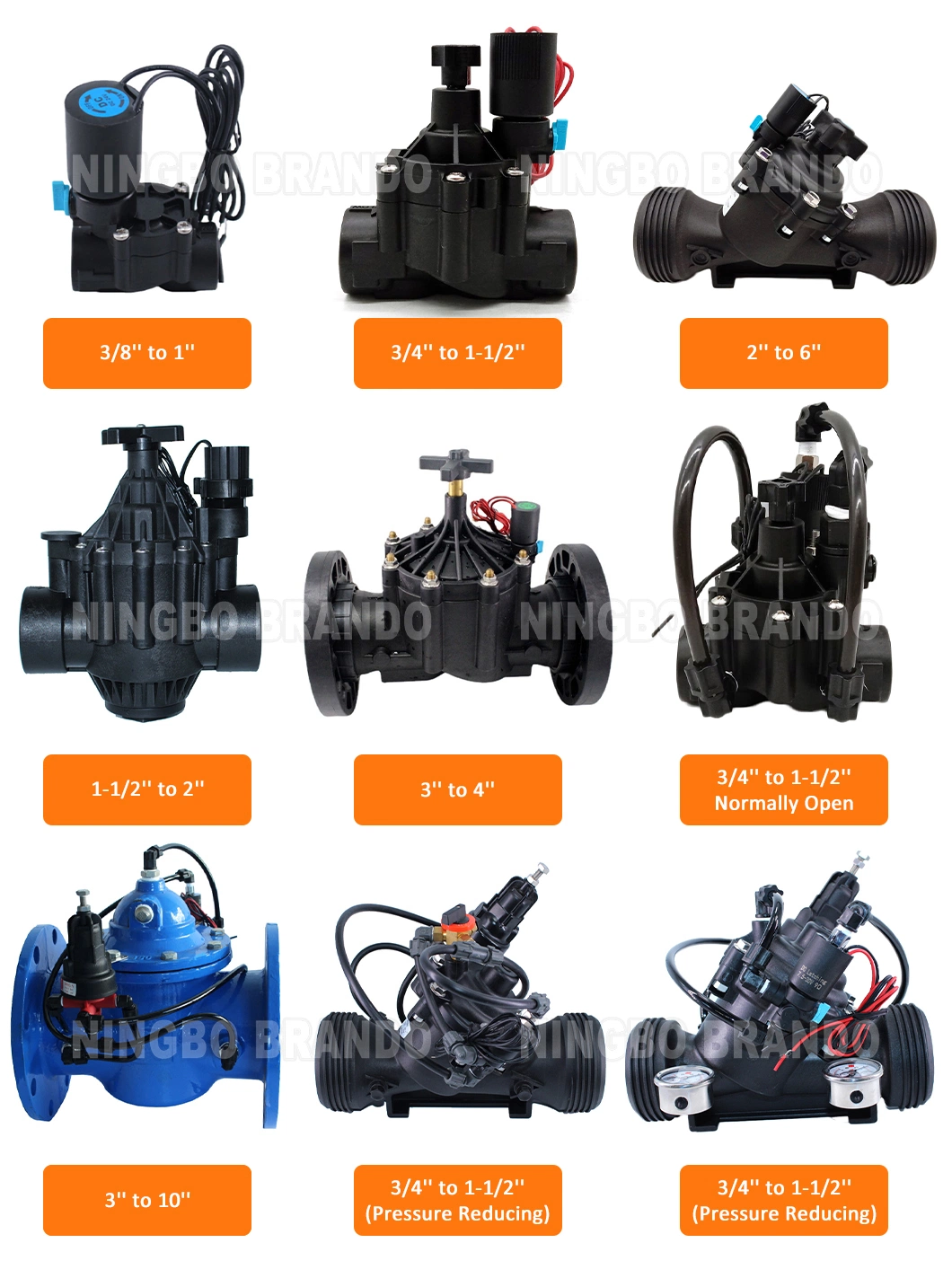
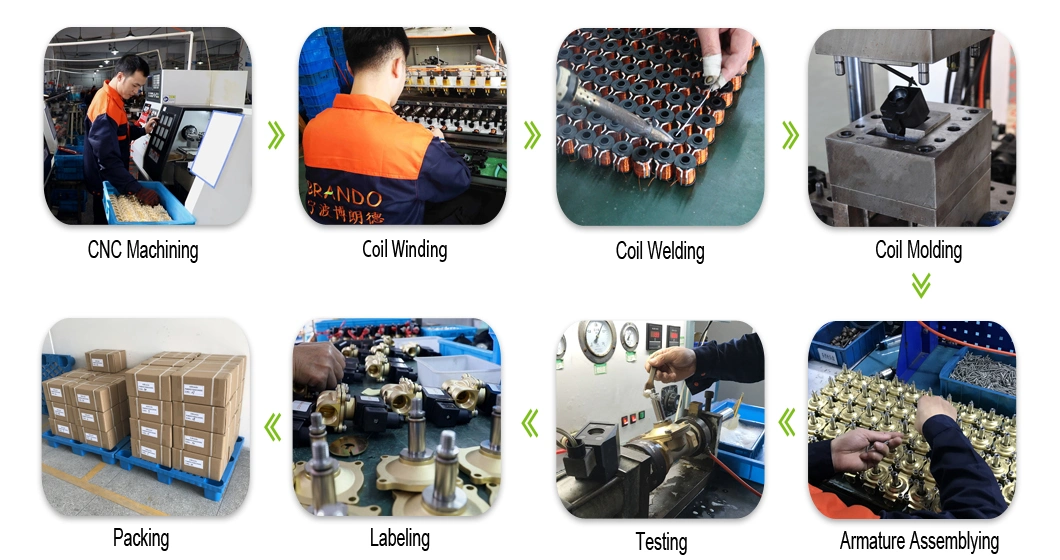

Question 1: What is a solenoid valve used for?Answer 1: A solenoid valve is used to open, close, mix, or divert media in an application. They are used in a wide variety of applications.Question 2: How can you tell if your solenoid is bad?Answer 2: If the solenoid valve fails to open or close, is partially open, makes a humming noise or has a burned-out coil, you need to troubleshoot the valve solenoids.Question 3: How do I choose a solenoid valve?Answer 3: When choosing a solenoid valve, it is important to know your media. Depending upon the media and flow requirement, choose the material, orifice size, temperature, pressure, voltage, response time and certification required for your application.


